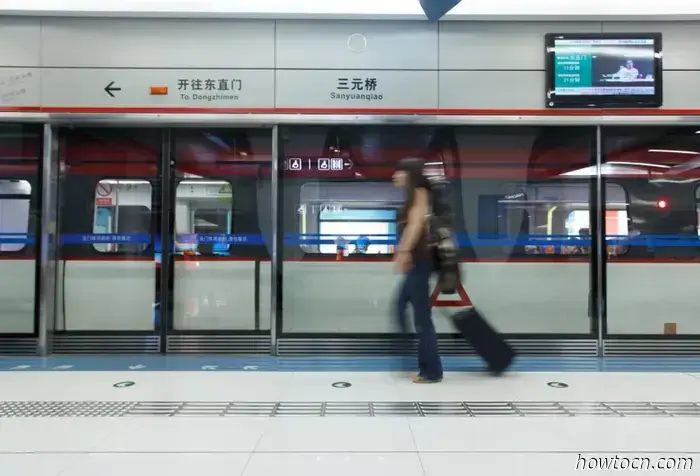
Beijing is an exciting city! Stay updated with our weekend summary of the latest news.
Subway Introduces "Cool Cars" for Summer
On May 31, it was revealed that to address the rising temperatures during the summer, the Beijing subway has initiated a “double-temperature” air-conditioning service for certain cars across all lines except the Capital Airport Express.
Two air-conditioning modes, “strong cold” and “weak cold,” have been implemented, featuring a temperature difference of 2 degrees Celsius between the modes.
The specifics of the air-conditioning services are as follows:
Line 5 and Yizhuang Line: The first three cars are strong cold and the last three are weak cold.
Line 6 and Line 7: Four strong cold cars are at the front of the train and four weak cold cars are at the back.
Line 3, Line 11, and Line 12: Cars 1 and 4 are strong cold cars; cars 2 and 3 are weak cold cars.
Other lines: Cars 1, 2, 5, and 6 are strong cold cars; cars 3 and 4 are weak cold cars.
Capital Airport Express: This line will not offer the double-temperature differentiated air-conditioning service.
Passengers on the subway can choose which car they prefer. Furthermore, the air-conditioning services will be adjusted based on factors like daily temperature, weather conditions, rush hour passenger volumes, whether the train is operating above ground or underground, and passenger demand.
National Initiative for Childbirth Pain Management Services
On June 5, the National Health Commission launched a new initiative aimed at encouraging health institutions to enhance pain management services for childbirth.
By the end of 2025, all Level 3 hospitals nationwide that offer obstetric services will be equipped to provide labor and delivery pain management services. By the end of 2027, all Level 2 hospitals and above that provide obstetric services will also be able to offer these services.
One of the well-known methods for pain management is the use of “epidurals,” which involves injecting drugs into the mother’s spine to alleviate pain during labor and delivery. Generally, this reduces pain while allowing for the preservation of physical sensation.
Medical institutions across the country are being strongly encouraged to upgrade their basic facilities and equipment for pain relief during childbirth, enhance training for personnel on pain relief methods, improve collaboration between obstetric and anesthesiology departments, and overall enhance the process of delivering pain management services to patients during labor and delivery.
Additionally, several cities have started actively promoting the incorporation of childbirth medical services into the insurance reimbursement framework.
READ: Side Street Crowned 2025 Juicy Burger Cup Champs
Images: Unsplash, Canva


Beijing is a vibrant city! Stay updated with our weekend summary of the most recent news.